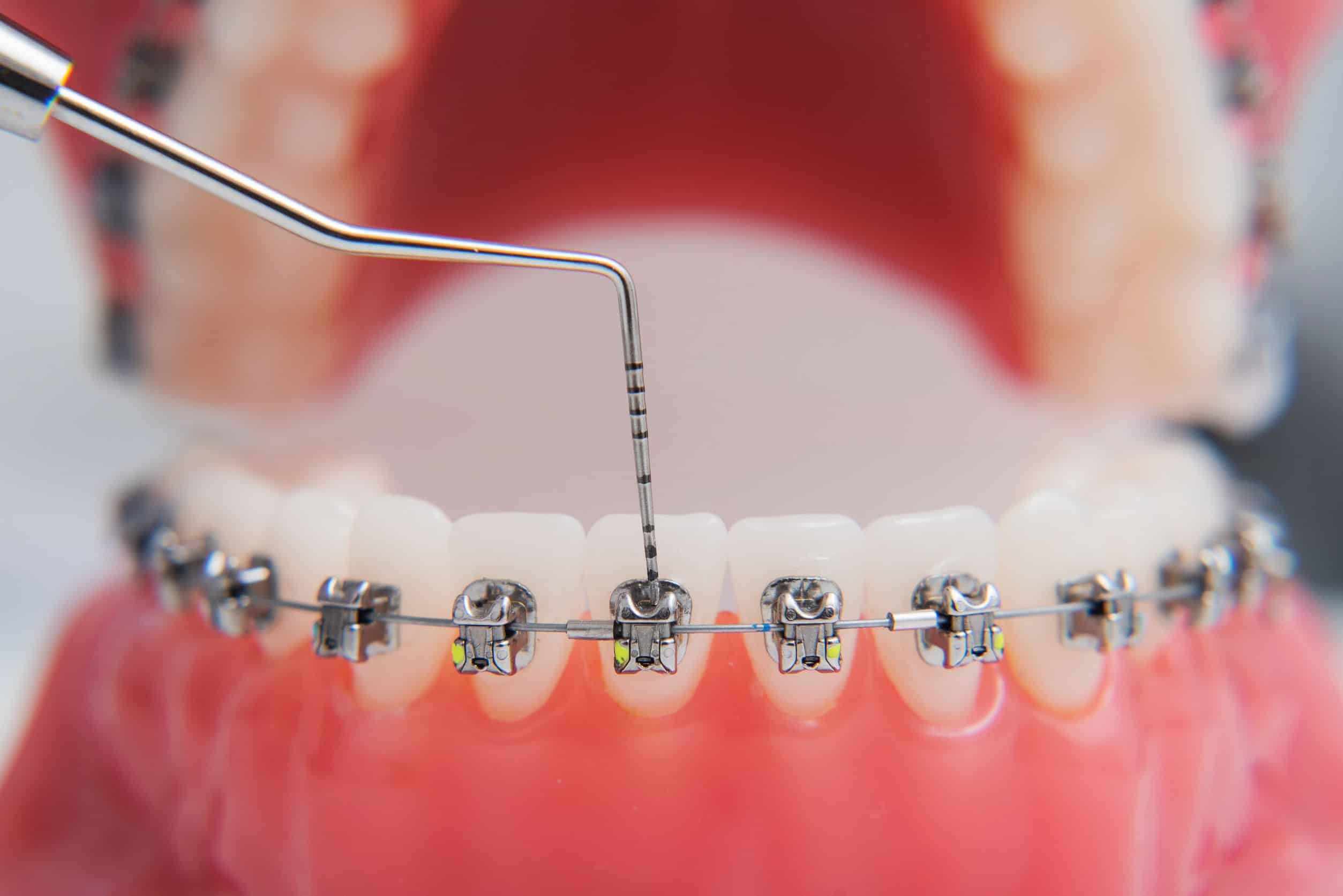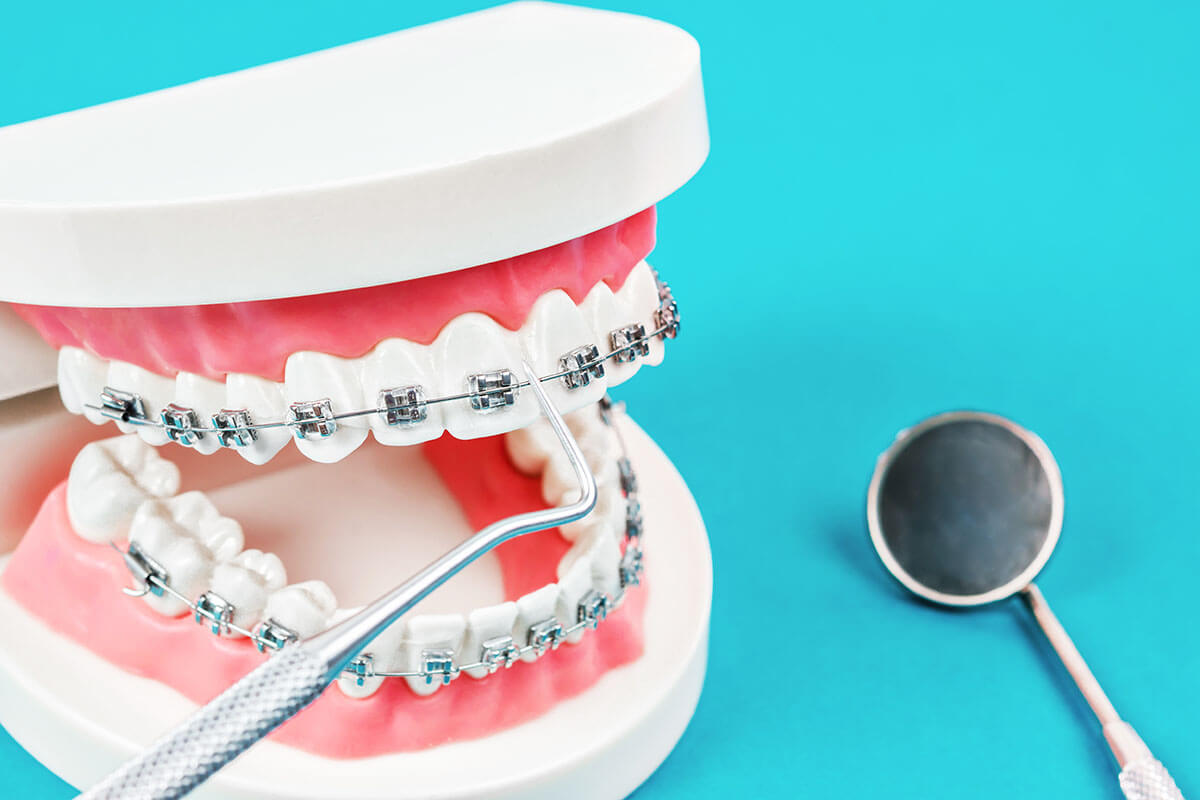Your Guide to Cumming Invisalign: Straightening Teeth with Style and Comfort
Your Guide to Cumming Invisalign: Straightening Teeth with Style and Comfort
Blog Article
Comprehensive Overview to Orthodontics Treatments for Fixing Oral Imbalances
In the world of orthodontics, the trip to achieving a completely straightened smile entails a myriad of procedures tailored to remedy oral imbalances. From traditional braces to undetectable aligners and also medical alternatives, the field of orthodontics provides a variety of options to resolve differing levels of oral irregularities. Understanding the complexities of each procedure, including their systems, advantages, and possible downsides, is critical in making informed decisions about one's orthodontic treatment. As we navigate through the extensive overview to orthodontic procedures for fixing oral imbalances, the detailed information of each approach will certainly unravel, clarifying the path toward a unified and useful oral placement.
Orthodontic Procedures Introduction

Routine modifications and surveillance are essential components of orthodontic therapy to ensure progress is on track and to make any needed alterations along the means. By undergoing orthodontic procedures, patients can not only accomplish a straighter smile however likewise enhance their general oral health and wellness and feature.
Standard Dental Braces: Exactly How They Function
When taking into consideration orthodontic therapies for dental imbalances, standard braces stand out as a reliable technique for correcting teeth placing. Standard braces contain brackets, cables, and bands that function together to use continual stress on the teeth, gradually relocating them into the preferred alignment. The braces are connected to the teeth making use of a special adhesive, and the cables are threaded through the braces. By adjusting the tension of the cords, orthodontists can manage the instructions and force related to each tooth, guiding them into correct alignment over time.
As pressure is applied to the teeth with the braces, the bone surrounding the teeth is reshaped to support the new tooth settings. Individuals will certainly need routine modifications at the orthodontist's office to make sure the braces continue to apply the appropriate pressure for effective teeth movement.
Unnoticeable Aligners: Cons and pros
Unnoticeable aligners provide a discreet and convenient choice to typical dental braces for remedying dental misalignments. These clear, customized trays are practically unnoticeable when worn, making them an appealing alternative for people seeking a more cosmetically pleasing orthodontic therapy. Among the main advantages of unseen aligners is their removability, permitting for much easier maintenance of dental health compared to traditional dental braces. Individuals can remove the aligners prior to consuming or brushing their teeth, lowering the threat of food getting embeded the home appliance and simplifying the cleansing process.

Surgical Orthodontic Options
Surgical treatments in orthodontics existing sensible alternatives for resolving complex oral imbalances that might not be properly settled via standard orthodontic therapies. While unnoticeable aligners and conventional braces can correct many orthodontic concerns, particular instances need surgical intervention to achieve optimum outcomes. Surgical orthodontic choices are usually recommended for severe malocclusions, substantial jaw disparities, and situations where the underlying bone structure requires alteration to accomplish proper alignment.
One usual surgical orthodontic procedure is orthognathic surgical procedure, which entails repositioning the jaws to correct useful problems such as problem speaking or eating. This surgical treatment is typically carried out in collaboration with an what do dentists do orthodontist that helps line up the teeth prior to and after the procedure. Surgical orthodontics may also entail treatments to expose impacted teeth, eliminate excess periodontal tissue, or reshape the jawbone to produce an extra harmonious facial profile.
Prior to taking into consideration medical orthodontic choices, people undertake a thorough assessment to figure out the necessity and possible advantages of such interventions. orthodontist. While surgical procedure may appear difficult, it can significantly enhance both the feature and visual appeals of the smile in instances where conventional orthodontic treatments fail
Retainers and Post-Treatment Treatment

Post-treatment care includes adhering to the orthodontist's instructions vigilantly. This might consist of proper oral hygiene techniques, going to follow-up consultations, and wearing the retainers as prescribed. Failure to abide by post-treatment treatment guidelines can cause regression, where the teeth gradually move back towards their original settings. Constant retainer wear, great dental health, and routine oral exams are essential for maintaining the results achieved through orthodontic surgical treatment and making sure the long-lasting security of the remedied oral placement.
Conclusion
Finally, orthodontic treatments supply different choices for fixing dental imbalances. Standard braces use steel brackets and wires to change teeth into proper placement. Undetectable aligners offer a more very discreet option but might not appropriate for all instances. Surgical orthodontic choices are available for extra serious misalignments. Retainers are generally utilized post-treatment to maintain the brand-new positioning. On the whole, orthodontic treatments can effectively boost dental wellness and aesthetic look.
As we navigate via the extensive overview to orthodontic procedures for remedying oral misalignments, the complex details of each technique will certainly unfold, dropping light on the course towards a harmonious and useful dental positioning. - orthodontist
One of the most typical orthodontic treatments is the usage of braces, which consist of steel braces and wires that use gentle stress to gradually move teeth right into the desired setting.When thinking about orthodontic therapies for oral misalignments, conventional dental braces stand out Visit Your URL as a reliable approach for fixing teeth positioning. Furthermore, unseen aligners might not be suitable for complex orthodontic problems that need even more find more info substantial teeth activity, as they are generally suggested for moderate to modest instances. Retainers are custom-made orthodontic devices developed to hold teeth in their remedied placements after the conclusion of orthodontic treatment.
Report this page